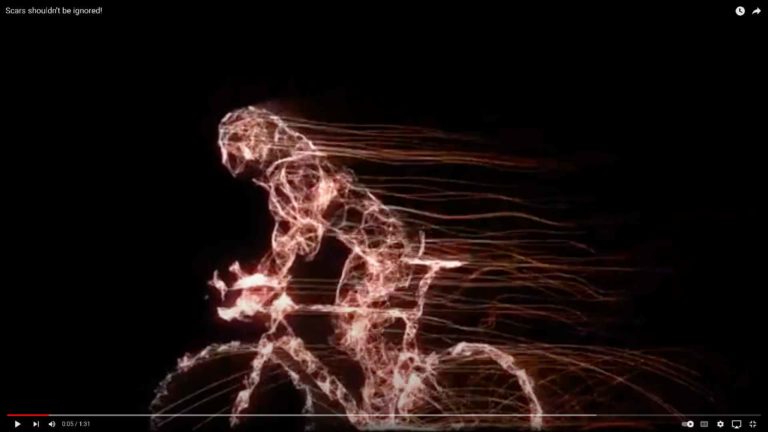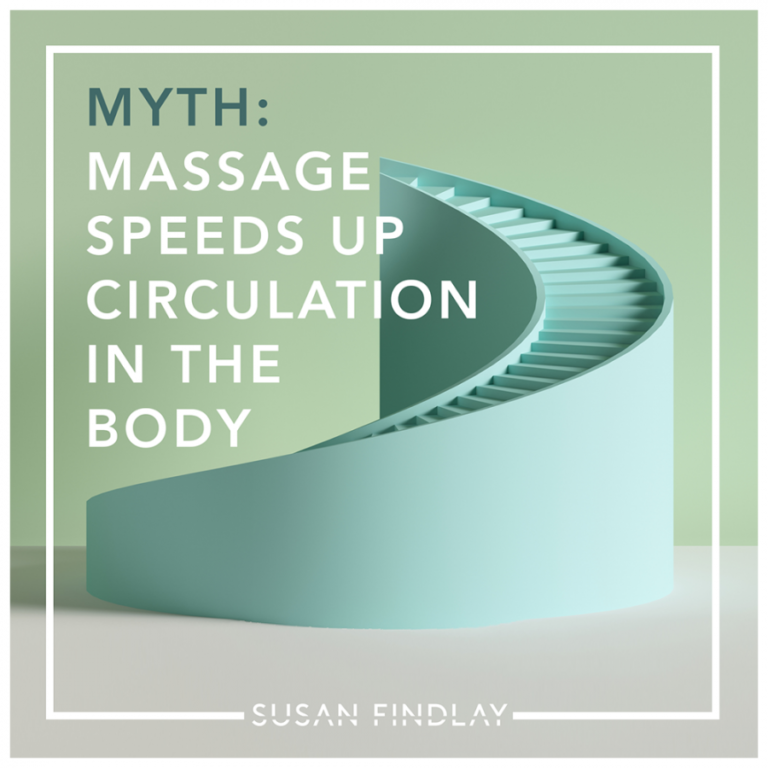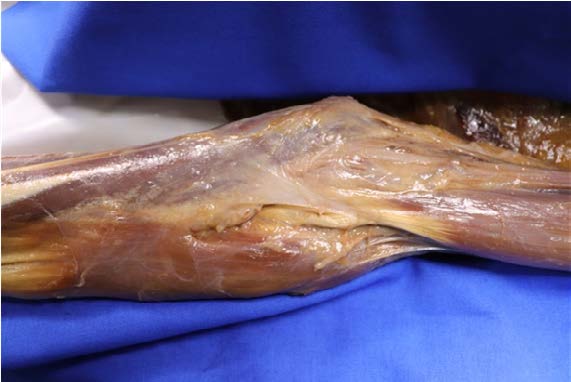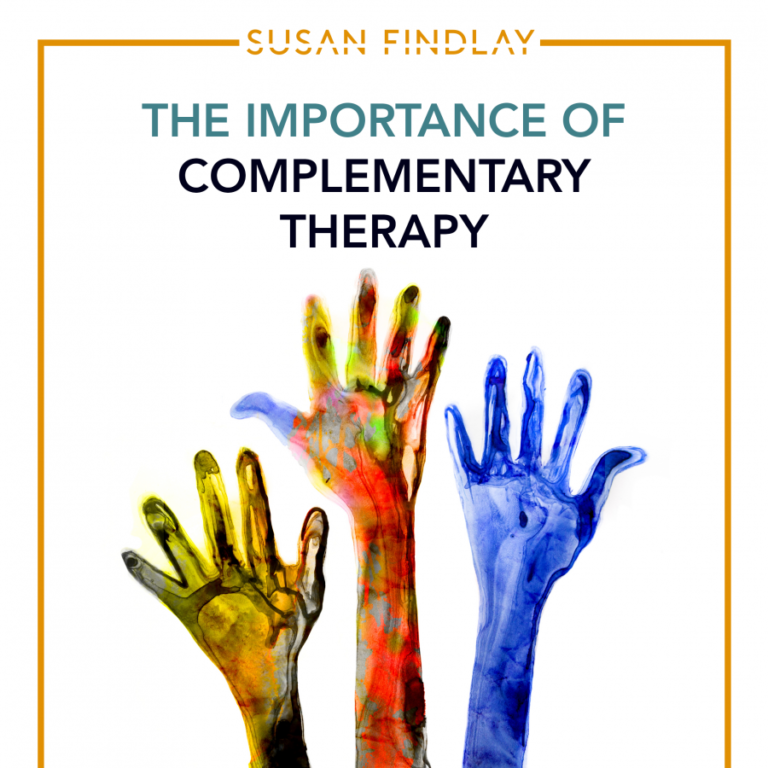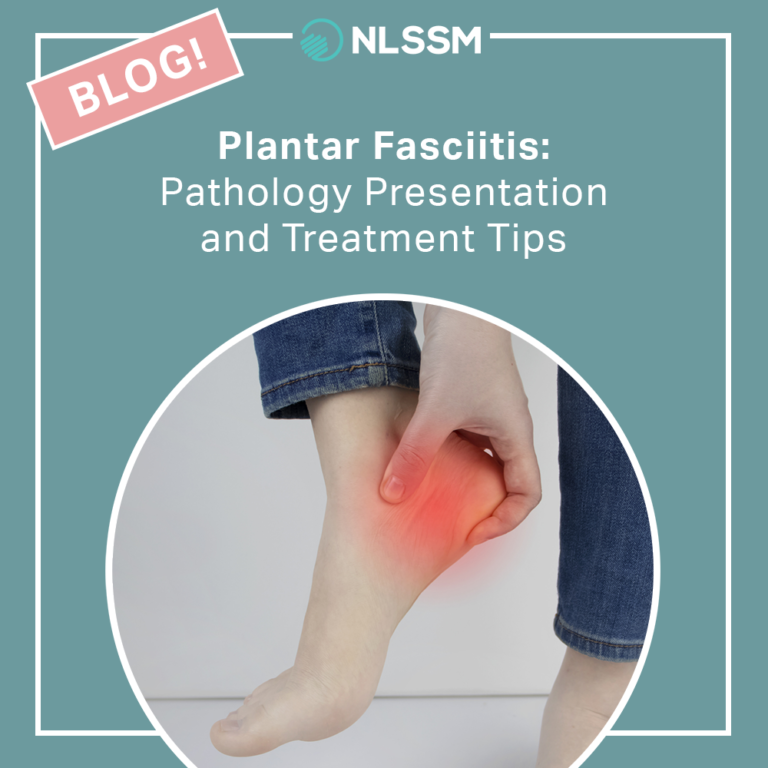When I first came across METs I was studying for my Higher Diploma from the Northern institute of Massage; it was an essential requirement to learn this technique. As therapists gathered round to watch demo after demo, I, being a questioner (see Gretchen Rubin, The Four Tendencies), was soon asking “how come”, “isn’t that a big movement” and “will these moves be too much for older patients?” But I didn’t feel heard. I found myself not comprehending how I would incorporate this into my treatment room, especially when reflecting on the type of patients I was treating (in 2000).
I bought Leon Chaitow’s book to aid understanding, and mindfully began to introduce the technique into my treatment room. Within METs, there are big physical moves that involve a more global movement within the body. I felt the smaller ones i.e., scalene, infraspinatus, would be useful. I quickly started to make the resistance feather like, and experimented with a longer pause in between each contraction. This led me to ending up parking METs for a while as I explored positional release, which felt gentler and more suited to working with long term pain. This also applied to overly sensitive patients, especially those with overly sensitive neurological systems, due to trauma or assault.
It wouldn’t be for another 6 years that I would re-examine METs.
There is a lot of debate in literature about how MET works. Some focus on the Golgi tendon organs, whereas some authors focus on the muscle spindle. It is best to have a clear understanding of the essential neurologic role of the muscle spindle.
MET works the conscious, voluntary contraction of isolated muscles. Creating an isolated voluntary contraction is different from the muscle contraction we use in everyday life. The higher brain centres work to isolate muscle contraction, causing a unique neurologic effect, compared to those accomplished in everyday functional activities.
John Gibbon in his book Muscle Energy Techniques breaks it down as:
- Muscle spindles are sensitive to change in length and speed of change in muscle fibres.
- Golgi tendon organs (GTOs) detect prolonged change in tension.
In order to really understand this however, I found it was going back my knowledge of anatomy which began to connect the dots. Whilst attending Gary Carter’s Anatomy for Movement Teachers, based on his experience with Julian Baker, he would argue, how do we know?
Often textbooks on Mets never show the people that walk into my treatment room.
They are people who
- Are often afraid of their pain
- Are disconnected from their body
- Do not feel when muscles contract
- Do not believe there are muscles where we say they are
- Are afraid to move
- Have become physically and emotionally fragile
- Were struggling to be seen and heard with their injury and pain
These people can have painful memories stored within the tissues. When we refer to ‘muscle memory’, we have to remember it goes both ways. It can be a positive experience relating to skill learning – or it can be a negative experience in which the body learns to react a certain way due to trauma (for more on this, see The Body Keeps the Score).
We must be prepared for the potential release that will follow when working with them. Sensations and feelings can occur in other parts of the body, again, due to the trauma the patient may have experienced. It is at this point we may be required to verbally check in.
Sometimes we can question whether we are really within our scope of practice. We may not be qualified counsellors or coaches. So how can we help when physical pain reveals and raises past traumas?
At the very least, we can do something they might not yet have encountered. We can listen. We can create a situation where maybe for the first time they feel heard, even seen, for the first time. This can be enough for some people or, if you feel necessary, point them in the direction of a good therapist. At the end of the day, it is their choice.
I’ve developed this approach through a number of avenues; from my years as a social worker to NLP training. But it was brought together in 2006 when I went out to San Francisco to train with Dr Tom Hendrickson. Tom Hendrickson had integrated METs into his wave and soft tissue mobilizations as part of his treatment protocol. On the other side of the world, I came back to a technique I’d previously put to one side, and I found space to take the technique apart and gain a deeper understanding. Training with Tom supported my thoughts of making sure the patient understood why this technique was going to be useful.
Here are the ways I have made the technique work for me.
- Create feather like contractions
- Make sure they are really pain free before working
- Check which other muscles they are they recruiting instead
- Create imagery, descriptions of the muscle you want them to connect with
- Enable them to re-create the movement that a particular muscle may make by supporting them with a passive movement
I have found patients enjoy collaborating with me towards their recovery/reconnection. At times they are surprised by the pain free range we are creating together. Then I find if I couple this with pre-Pilates movements to embed the work we have done as homework/rehab, we have formed lasting change within their body, creating pain free functional movement
I have grown to love Muscle Energy Technique, on my personal terms as a therapist that makes it work for the people in my clinic, adapting the moves to suit them and where their bodies are at.
Not joined up yet?
There’s plenty of reasons to join the LCSP Register
Insurance Partners
Our dedicated team can tailor individual policies to suit your specific needs
Workshops
Keep your skills up to date with CPD Workshops and courses
Business Support
Advice tailored to working in the private sector
Find a Therapist
Our directory of therapists searchable by the general public
Welfare Officer
Supporting members who may have situations of difficulty where they need assistance, guidance or reassurance.

